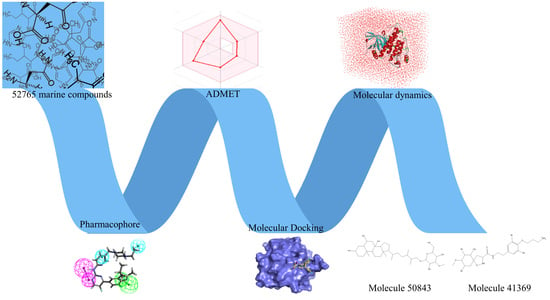The Inhibitors of CDK4/6 from a Library of Marine Compound Database: A Pharmacophore, ADMET, Molecular Docking and Molecular Dynamics Study
Abstract
:1. Introduction
2. Results
2.1. Pharmacophore Models: Construction, Selection and Application
2.2. Absorption, Distribution, Metabolism, Excretion, and Toxicity (ADMET) Analysis
2.3. Molecular Docking
2.4. RMSD and RMSF Analysis
2.5. The Hydrogen Bond Analysis
2.6. Solvent Accessible Surface Area and Radius of Gyration Analysis
2.7. Protein–Ligand Interaction Energy Analysis
2.8. MM-PBSA Analysis
2.9. Analysis of Synthetic Accessibility Score Parameters
2.10. Prediction of Inhibitory Activity of Tumor Cell Lines
3. Discussion
4. Materials and Methods
4.1. Database Construction and Molecular Preparation
4.2. Pharmacophore Construction
4.3. Absorption, Distribution, Metabolism, Elimination, and Toxicity (ADMET)
4.4. Molecular Docking
4.5. Molecular Dynamics
4.6. MM-PBSA
4.7. Analysis of Synthetic Accessibility Score Parameters
4.8. Prediction of Inhibitory Activity of Tumor Cell Lines
5. Conclusions
Supplementary Materials
Author Contributions
Funding
Institutional Review Board Statement
Informed Consent Statement
Data Availability Statement
Acknowledgments
Conflicts of Interest
References
- Malumbres, M.; Barbacid, M. Cell cycle, CDKs and cancer: A changing paradigm. Nat. Rev. Cancer 2009, 9, 153–166. [Google Scholar] [CrossRef] [PubMed]
- Hiebert, S.; Chellappan, S.; Horowitz, J.; Nevins, J. The interaction of RB with E2F coincides with an inhibition of the transcriptional activity of E2F. Genes Dev. 1992, 6, 177–185. [Google Scholar] [CrossRef] [PubMed] [Green Version]
- Talluri, S.; Isaac, C.E.; Ahmad, M.; Henley, S.A.; Francis, S.M.; Martens, A.L.; Bremner, R.; Dick, F.A. A G1 checkpoint mediated by the retinoblastoma protein that is dispensable in terminal differentiation but essential for senescence. Mol. Cell Biol. 2010, 30, 948–960. [Google Scholar] [CrossRef] [Green Version]
- Weintraub, S.J.; Chow, K.N.; Luo, R.X.; Zhang, S.H.; He, S.; Dean, D.C. Mechanism of active transcriptional repression by the retinoblastoma protein. Nature 1995, 375, 812–816. [Google Scholar] [CrossRef] [PubMed]
- Harbour, J.W.; Luo, R.X.; Dei Santi, A.; Postigo, A.A.; Dean, D.C. Cdk phosphorylation triggers sequential intramolecular interactions that progressively block Rb functions as cells move through G1. Cell 1999, 98, 859–869. [Google Scholar] [CrossRef] [Green Version]
- Pandey, K.; An, H.J.; Kim, S.K.; Lee, S.A.; Kim, S.; Lim, S.M.; Kim, G.M.; Sohn, J.; Moon, Y.W. Molecular mechanisms of resistance to CDK4/6 inhibitors in breast cancer: A review. Int. J. Cancer 2019, 145, 1179–1188. [Google Scholar] [CrossRef] [Green Version]
- Chen, P.; Xu, Y.; Li, X.; Yao, H.; Lin, K. Development and strategies of CDK4/6 inhibitors. Future Med. Chem. 2020, 12, 127–145. [Google Scholar] [CrossRef]
- Goel, S.; DeCristo, M.J.; McAllister, S.S.; Zhao, J.J. CDK4/6 inhibition in cancer: Beyond cell cycle arrest. Trends Cell Biol. 2018, 28, 911–925. [Google Scholar] [CrossRef]
- Wood, D.J.; Endicott, J.A. Structural insights into the functional diversity of the CDK–cyclin family. Open Biol. 2018, 8, 180112. [Google Scholar] [CrossRef] [Green Version]
- Kaltheuner, I.H.; Anand, K.; Moecking, J.; Düster, R.; Wang, J.; Gray, N.S.; Geyer, M. Abemaciclib is a potent inhibitor of DYRK1A and HIP kinases involved in transcriptional regulation. Nat. Commun. 2021, 12, 1–15. [Google Scholar] [CrossRef]
- Day, P.J.; Cleasby, A.; Tickle, I.J.; O’Reilly, M.; Coyle, J.E.; Holding, F.P.; McMenamin, R.L.; Yon, J.; Chopra, R.; Lengauer, C.; et al. Crystal structure of human CDK4 in complex with a D-type cyclin. Proc. Natl. Acad. Sci. USA 2009, 106, 4166–4170. [Google Scholar] [CrossRef] [PubMed] [Green Version]
- Chen, P.; Lee, N.V.; Hu, W.; Xu, M.; Ferre, R.A.; Lam, H.; Bergqvist, S.; Solowiej, J.; Diehl, W.; He, Y.-A.; et al. Spectrum and Degree of CDK Drug Interactions Predicts Clinical Performance. Mol. Cancer Ther. 2016, 15, 2273–2281. [Google Scholar] [CrossRef] [PubMed] [Green Version]
- Liu, C.; Huang, Y.; Qin, T.; You, L.; Lu, F.; Hu, D.; Xiao, R.; Qin, X.; Guo, E.; Yang, B.; et al. AZD5153 reverses palbociclib resistance in ovarian cancer by inhibiting cell cycle-related proteins and the MAPK/PI3K-AKT pathway. Cancer Lett. 2022, 528, 31–44. [Google Scholar] [CrossRef]
- Braal, C.L.; Jongbloed, E.M.; Wilting, S.M.; Mathijssen, R.H.J.; Koolen, S.L.W.; Jager, A. Inhibiting CDK4/6 in Breast Cancer with Palbociclib, Ribociclib, and Abemaciclib: Similarities and Differences. Drugs 2020, 81, 317–331. [Google Scholar] [CrossRef] [PubMed]
- Weiss, J.M.; Csoszi, T.; Maglakelidze, M.; Hoyer, R.J.; Beck, J.T.; Gomez, M.D.; Lowczak, A.; Aljumaily, R.; Lima, C.M.R.; Boccia, R.V.; et al. Myelopreservation with the CDK4/6 inhibitor trilaciclib in patients with small-cell lung cancer receiving first-line chemotherapy: A phase Ib/randomized phase II trial. Ann. Oncol. 2019, 30, 1613–1621. [Google Scholar] [CrossRef] [PubMed] [Green Version]
- Limagne, E.; Nuttin, L.; Thibaudin, M.; Jacquin, E.; Aucagne, R.; Bon, M.; Revy, S.; Barnestein, R.; Ballot, E.; Truntzer, C.; et al. MEK inhibition overcomes chemoimmunotherapy resistance by inducing CXCL10 in cancer cells. Cancer Cell 2022, 40, 136–152.e12. [Google Scholar] [CrossRef]
- Meric-Bernstam, F. Combining neratinib with CDK4/6, mTOR and MEK inhibitors in models of HER2-positive cancer. Clin. Cancer Res. 2021, 27, 1681–1694. [Google Scholar]
- Yang, C.; Li, Z.; Bhatt, T.; Dickler, M.; Giri, D.; Scaltriti, M.; Baselga, J.; Rosen, N.; Chandarlapaty, S. Acquired CDK6 amplification promotes breast cancer resistance to CDK4/6 inhibitors and loss of ER signaling and dependence. Oncogene 2016, 36, 2255–2264. [Google Scholar] [CrossRef] [Green Version]
- Molinski, T.F.; Dalisay, D.S.; Lievens, S.L.; Saludes, J.P. Drug development from marine natural products. Nat. Rev. Drug Discov. 2009, 8, 69–85. [Google Scholar] [CrossRef]
- Song, C.; Yang, J.; Zhang, M.; Ding, G.; Jia, C.; Qin, J.; Guo, L. Marine Natural Products: The Important Resource of Biological Insecticide. Chem. Biodivers. 2021, 18, e2001020. [Google Scholar] [CrossRef]
- Matulja, D.; Wittine, K.; Malatesti, N.; Laclef, S.; Turks, M.; Markovic, M.K.; Ambrožić, G.; Marković, D. Marine natural products with high anticancer activities. Curr. Med. Chem. 2020, 27, 1243–1307. [Google Scholar] [CrossRef] [PubMed]
- Villa, F.A.; Gerwick, L. Marine natural product drug discovery: Leads for treatment of inflammation, cancer, infections, and neurological disorders. Immunopharmacol. Immunotoxicol. 2010, 32, 228–237. [Google Scholar] [CrossRef] [PubMed]
- Jiménez, C. Marine Natural Products in Medicinal Chemistry. ACS Med. Chem. Lett. 2018, 9, 959–961. [Google Scholar] [CrossRef] [PubMed] [Green Version]
- Bauer, R.A.; Wurst, J.M.; Tan, D.S. Expanding the range of ‘druggable’targets with natural product-based libraries: An academic perspective. Curr. Opin. Chem. Biol. 2010, 14, 308–314. [Google Scholar] [CrossRef] [PubMed] [Green Version]
- Lyu, C.; Chen, T.; Qiang, B.; Liu, N.; Wang, H.; Zhang, L.; Liu, Z. CMNPD: A comprehensive marine natural products database towards facilitating drug discovery from the ocean. Nucleic Acids Res. 2021, 49, D509–D515. [Google Scholar] [CrossRef] [PubMed]
- Blunt, J.W.; Copp, B.R.; Munro, M.H.G.; Northcote, P.T.; Prinsep, M.R. Marine natural products. Nat. Prod. Rep. 2010, 27. [Google Scholar] [CrossRef]
- Davis, G.D.J.; Vasanthi, A.H.R. Seaweed metabolite database (SWMD): A database of natural compounds from marine algae. Bioinformation 2011, 5, 361–364. [Google Scholar] [CrossRef] [Green Version]
- Alnabulsi, S.M.; Al-shar’i, N.A. Hit identification of SMYD3 enzyme inhibitors using structure-based pharmacophore modeling. Future Med. Chem. 2019, 11, 1107–1117. [Google Scholar] [CrossRef]
- Damm, K.L.; Carlson, H.A. Gaussian-weighted RMSD superposition of proteins: A structural comparison for flexible proteins and predicted protein structures. Biophys. J. 2006, 90, 4558–4573. [Google Scholar] [CrossRef] [Green Version]
- Liu, N.; Wang, X.; Wu, H.; Lv, X.; Xie, H.; Guo, Z.; Wang, J.; Dou, G.; Zhang, C.; Sun, M. Computational study of effective matrix metalloproteinase 9 (MMP9) targeting natural inhibitors. Aging 2021, 13, 22867–22882. [Google Scholar] [CrossRef]
- Rao, S.N.; Head, M.S.; Kulkarni, A.; Kulkarni, A.; LaLonde, J.M. Validation studies of the site-directed docking program LibDock. J. Chem. Inf. Model. 2007, 47, 2159–2171. [Google Scholar] [CrossRef] [PubMed] [Green Version]
- Yuan, K.; Min, W.; Wang, X.; Li, J.; Kuang, W.; Zhang, F.; Xie, S.; Yang, P. Discovery of novel and selective CDK4/6 inhibitors by pharmacophore and structure-based virtual screening. Future Med. Chem. 2020, 12, 1121–1136. [Google Scholar] [CrossRef] [PubMed]
- Luo, L.; Zhong, A.; Wang, Q.; Zheng, T. Structure-Based Pharmacophore Modeling, Virtual Screening, Molecular Docking, ADMET, and Molecular Dynamics (MD) Simulation of Potential Inhibitors of PD-L1 from the Library of Marine Natural Products. Mar. Drugs 2022, 20, 29. [Google Scholar] [CrossRef] [PubMed]
- O’leary, B.; Finn, R.S.; Turner, N.C. Treating cancer with selective CDK4/6 inhibitors. Nat. Rev. Clin. Oncol. 2016, 13, 417–430. [Google Scholar] [CrossRef]
- Cruz, J.V.; Giuliatti, S.; Alves, L.B.; Silva, R.C.; Ferreira, E.F.; Kimani, N.M.; Silva, C.H.; de Souza, J.S.; Espejo-Román, J.M.; Santos, C.B.R. Identification of novel potential cyclooxygenase-2 inhibitors using ligand-and structure-based virtual screening approaches. J. Biomol. Struct. Dyn. 2021, 1–23. [Google Scholar] [CrossRef]
- Goldenberg, O.; Erez, E.; Nimrod, G.; Ben-Tal, N. The ConSurf-DB: Pre-calculated evolutionary conservation profiles of protein structures. Nucleic Acids Res. 2009, 37, D323–D327. [Google Scholar] [CrossRef]
- Li, Q.; Chen, L.; Ma, Y.F.; Jian, X.E.; Ji, J.H.; You, W.W.; Zhao, P.L. Development of pteridin-7(8H)-one analogues as highly potent cyclin-dependent kinase 4/6 inhibitors: Synthesis, structure-activity relationship, and biological activity. Bioorganic Chem. 2021, 116, 105324. [Google Scholar] [CrossRef]
- Mysinger, M.M.; Carchia, M.; Irwin, J.J.; Shoichet, B.K. Directory of useful decoys, enhanced (DUD-E): Better ligands and decoys for better benchmarking. J. Med. Chem. 2012, 55, 6582–6594. [Google Scholar] [CrossRef]
- Abraham, M.J.; Murtola, T.; Schulz, R.; Páll, S.; Smith, J.C.; Hess, B.; Lindahl, E.J.S. GROMACS: High performance molecular simulations through multi-level parallelism from laptops to supercomputers. SoftwareX 2015, 1, 19–25. [Google Scholar] [CrossRef] [Green Version]
- Mark, P.; Nilsson, L. Structure and dynamics of the TIP3P, SPC, and SPC/E water models at 298 K. J. Phys. Chem. A 2001, 105, 9954–9960. [Google Scholar] [CrossRef]
- da Silva, A.W.S.; Vranken, W.F. ACPYPE-Antechamber python parser interface. BMC Res. Notes 2012, 5, 367. [Google Scholar] [CrossRef] [PubMed] [Green Version]
- Miller, A.; Carchman, R.; Long, R.; Denslow, S.A. La Crosse viral infection in hospitalized pediatric patients in Western North Carolina. Hosp. Pediatr. 2012, 2, 235–242. [Google Scholar] [CrossRef] [PubMed] [Green Version]
- Linse, B.; Linse, P. Tuning the smooth particle mesh Ewald sum: Application on ionic solutions and dipolar fluids. J. Chem. Phys. 2014, 141, 184114. [Google Scholar] [CrossRef] [PubMed]
- Hess, B. P-LINCS: A parallel linear constraint solver for molecular simulation. J. Chem. Theory Comput. 2008, 4, 116–122. [Google Scholar] [CrossRef] [PubMed]
- Beckstein, O.; Denning, E.J.; Perilla, J.R.; Woolf, T.B. Zipping and unzipping of adenylate kinase: Atomistic insights into the ensemble of open↔ closed transitions. J. Mol. Biol. 2009, 394, 160–176. [Google Scholar] [CrossRef] [Green Version]
- Kumari, R.; Kumar, R.; Open Source Drug Discovery Consortium; Lynn, A. g_mmpbsa A GROMACS tool for high-throughput MM-PBSA calculations. J. Chem. Inf. Modeling 2014, 54, 1951–1962. [Google Scholar] [CrossRef]
- Xiong, G.; Wu, Z.; Yi, J.; Fu, L.; Yang, Z.; Hsieh, C.; Yin, M.; Zeng, X.; Wu, C.; Lu, A.; et al. ADMETlab 2.0: An integrated online platform for accurate and comprehensive predictions of ADMET properties. Nucleic Acids Res. 2021, 49, W5–W14. [Google Scholar] [CrossRef]
- Lagunin, A.A.-O.; Dubovskaja, V.I.; Rudik, A.V.; Pogodin, P.V.; Druzhilovskiy, D.S.; Gloriozova, T.A.; Filimonov, D.A.; Sastry, N.G.; Poroikov, V.V. CLC-Pred: A freely available web-service for in silico prediction of human cell line cytotoxicity for drug-like compounds. PLoS ONE 2018, 13, e0191838. [Google Scholar] [CrossRef] [Green Version]
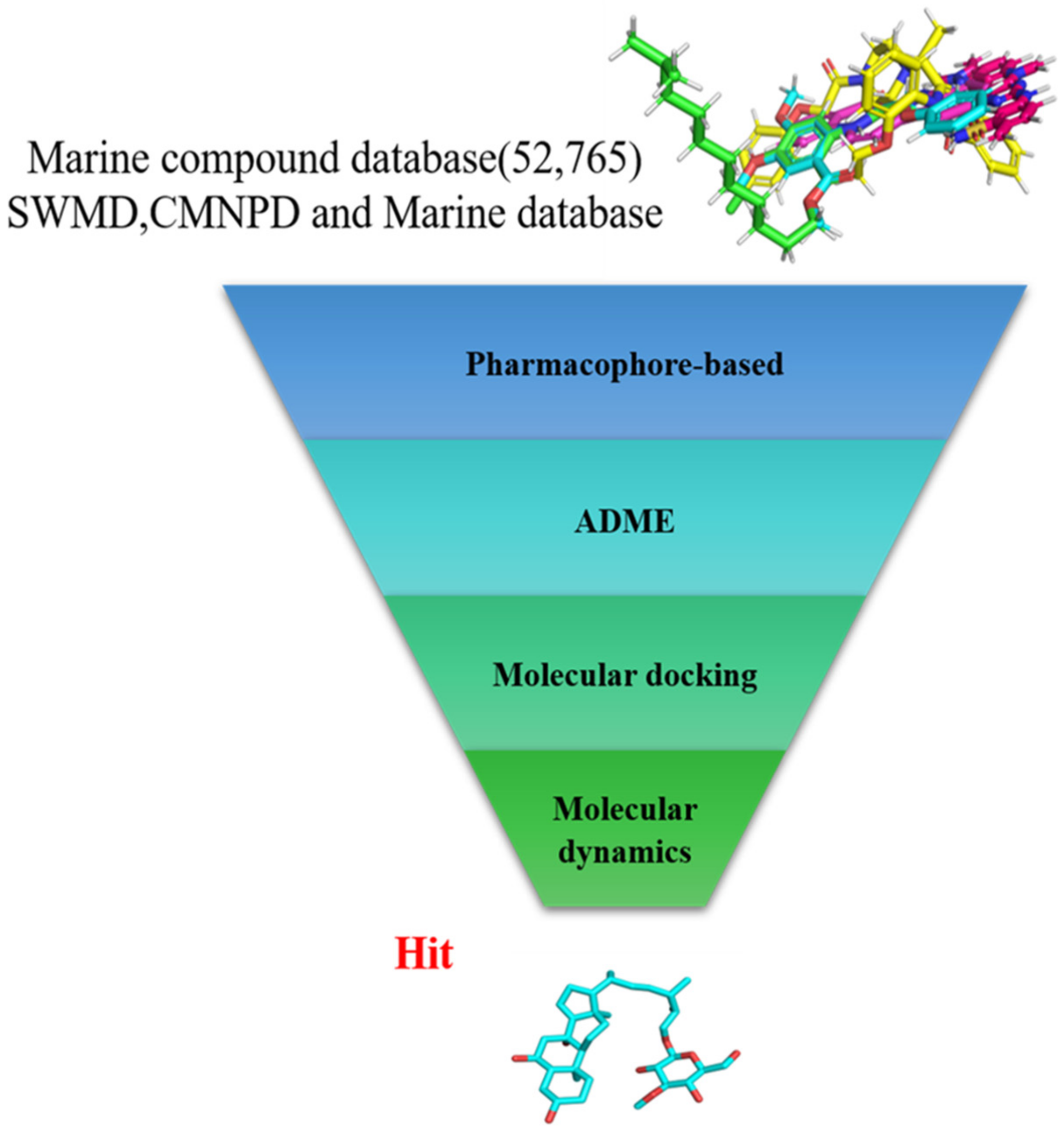

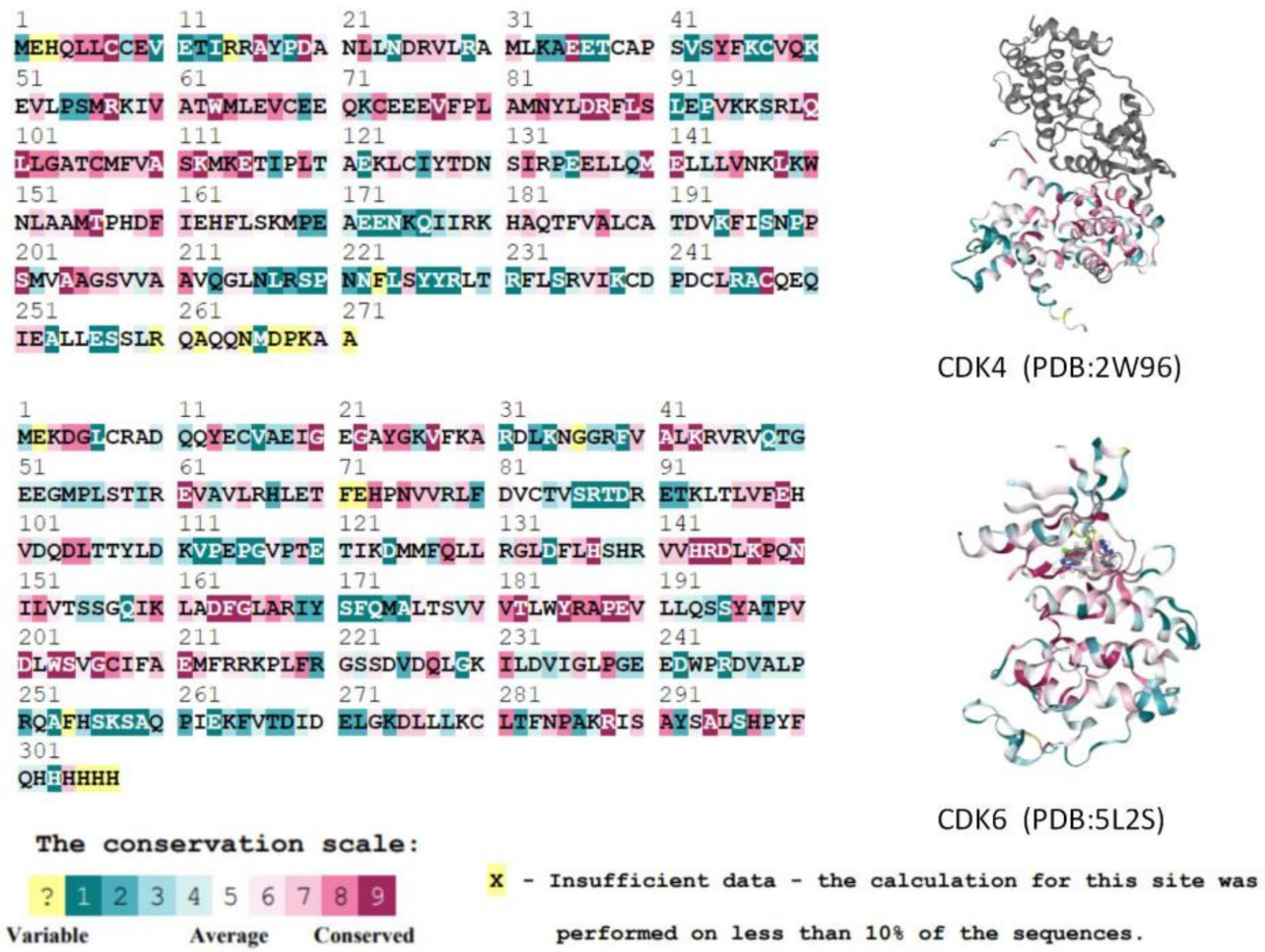
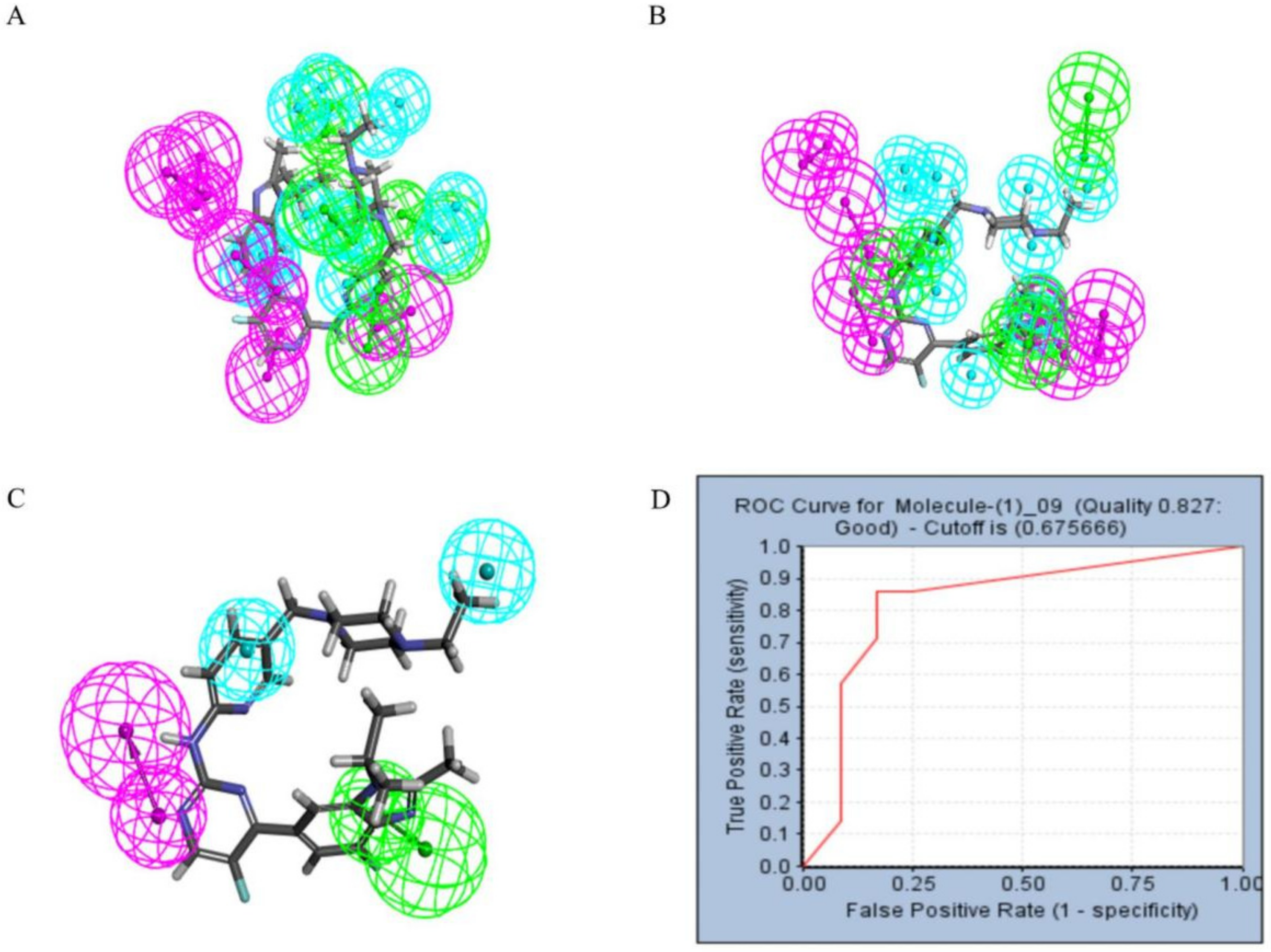

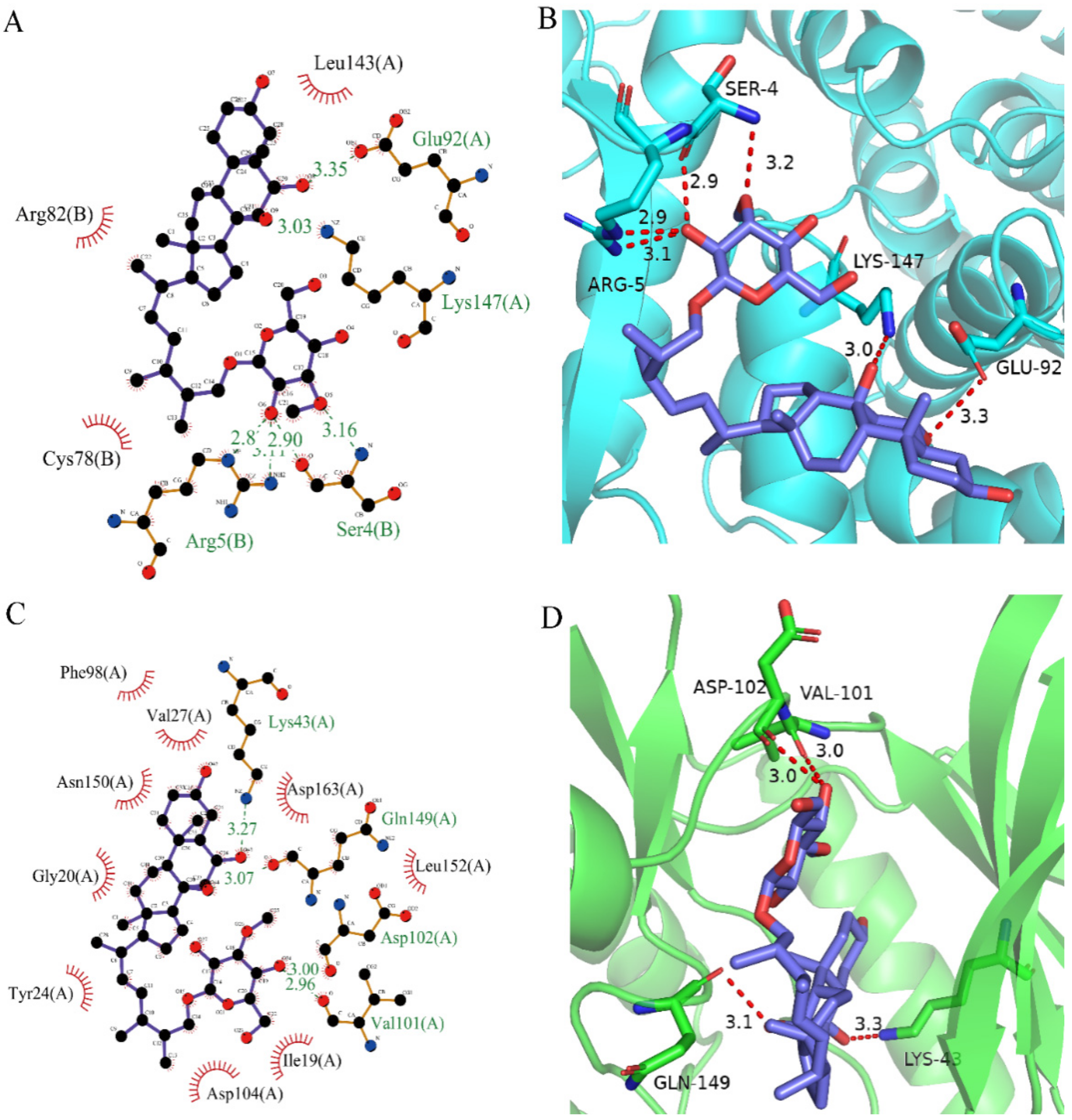
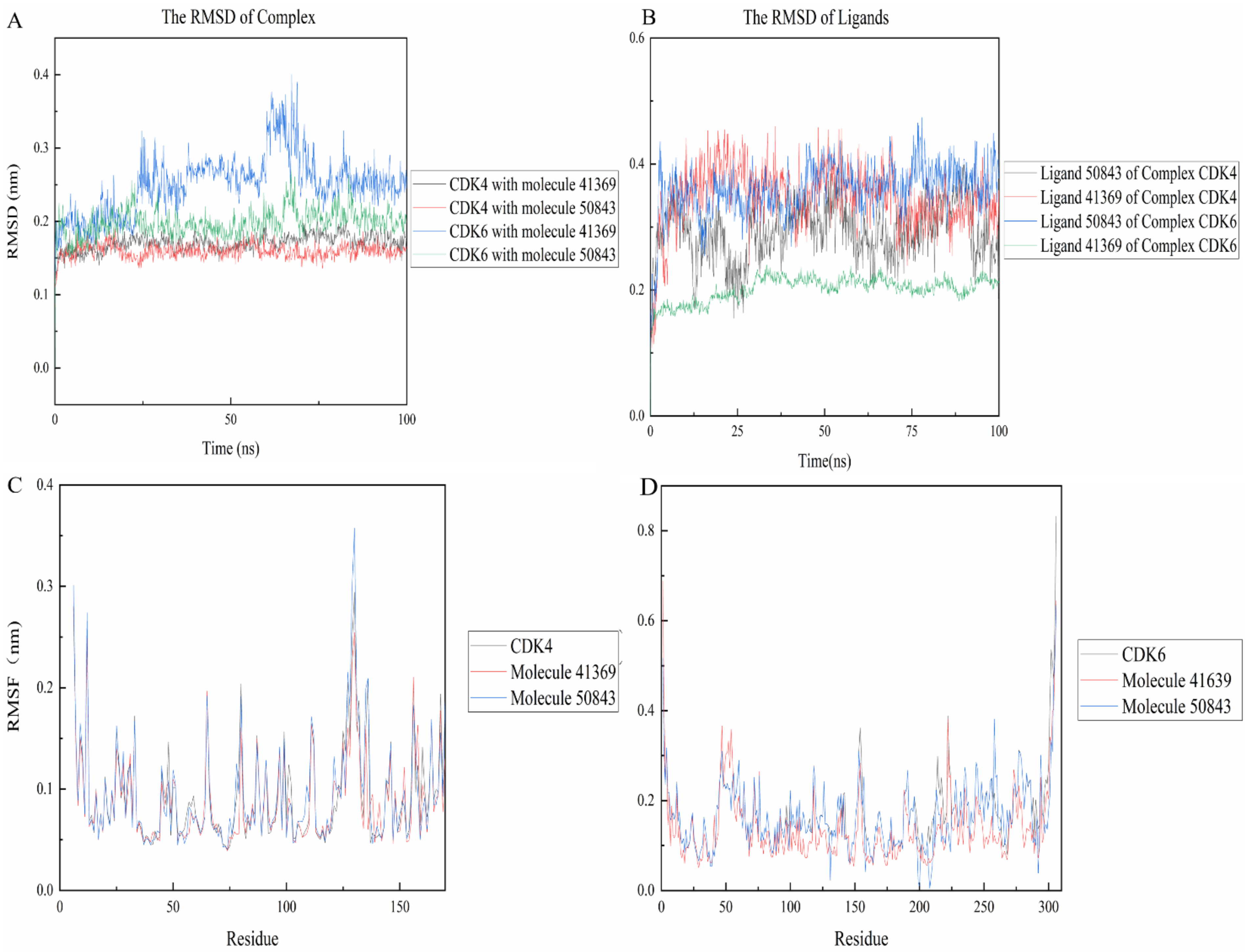
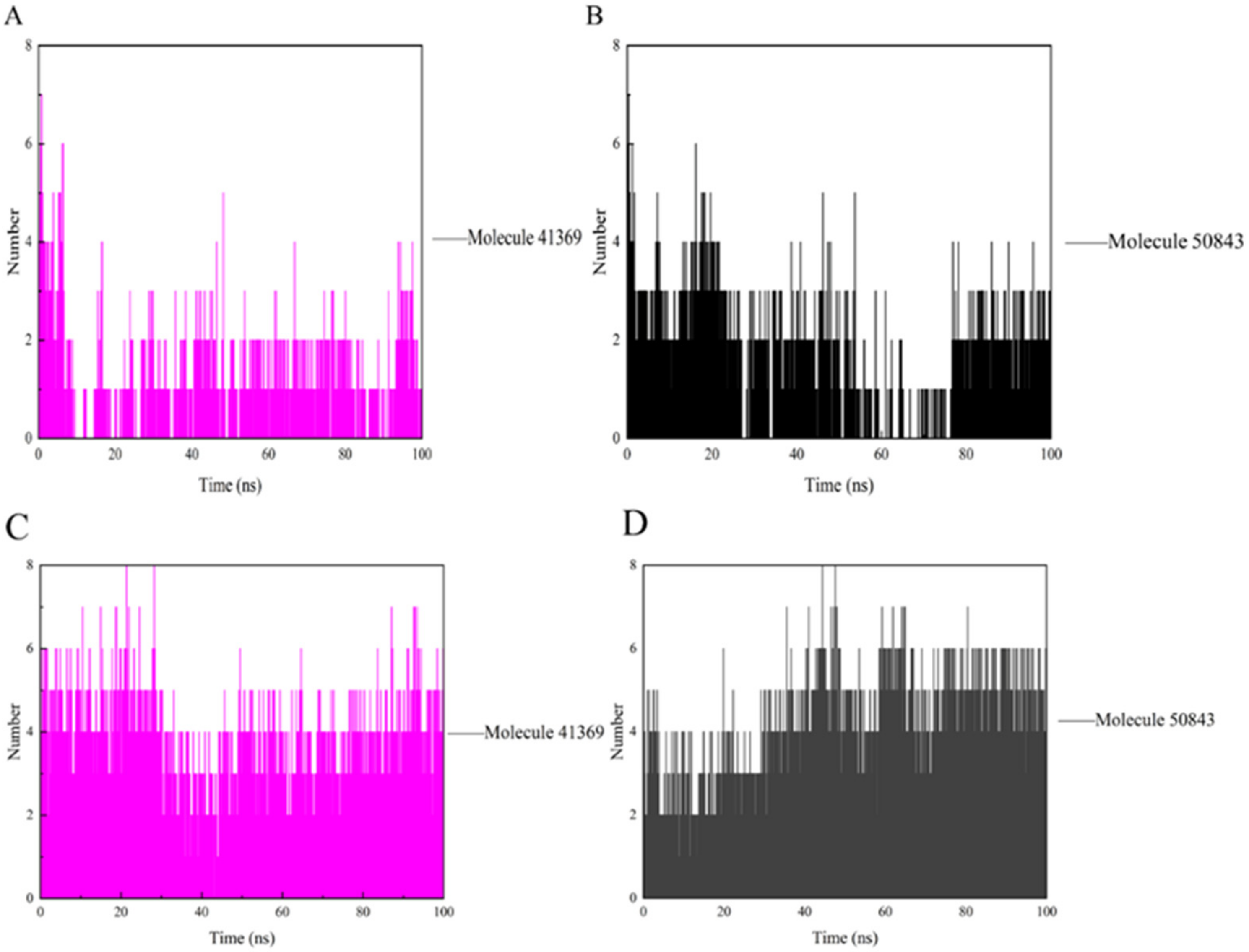
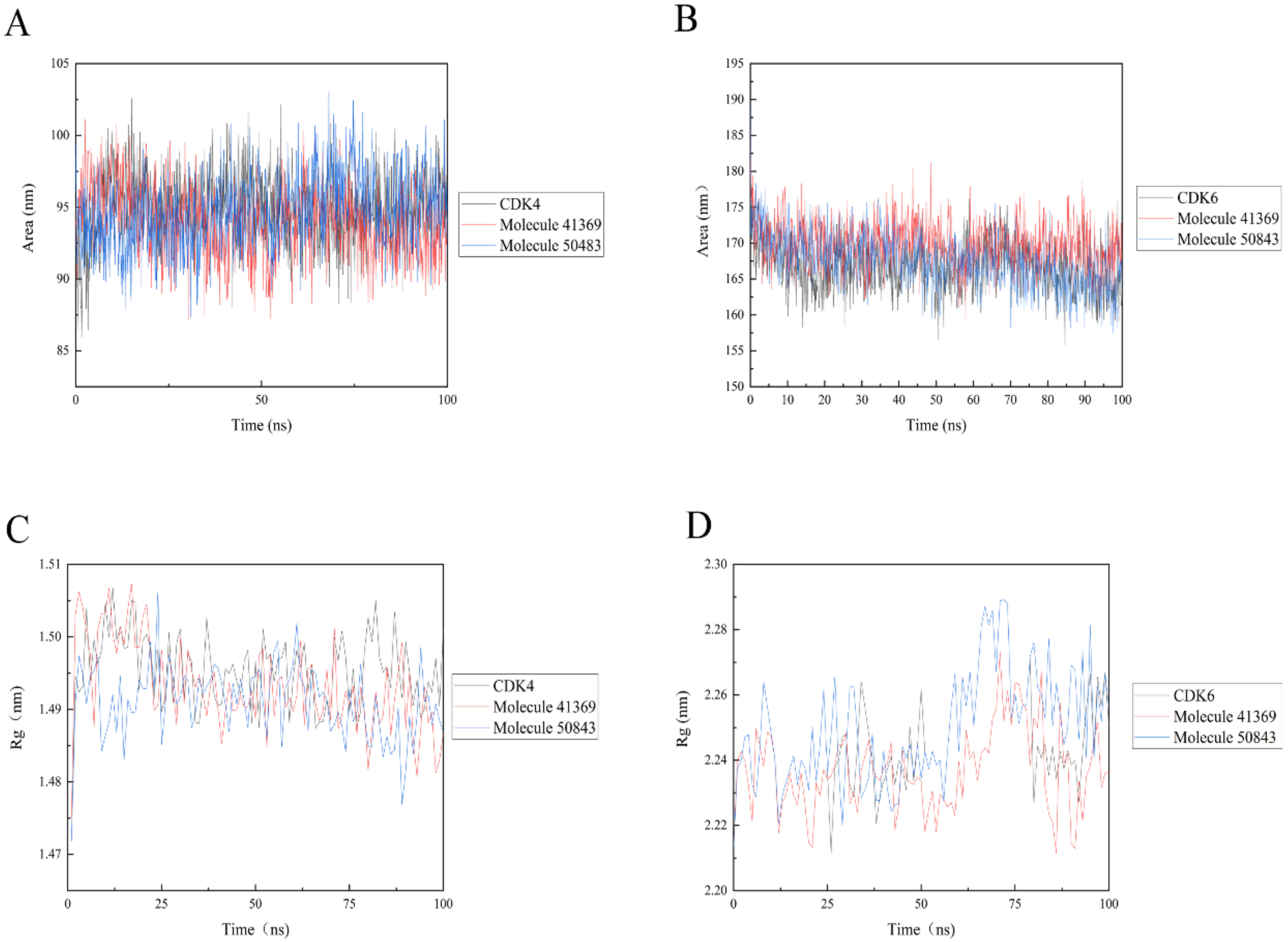
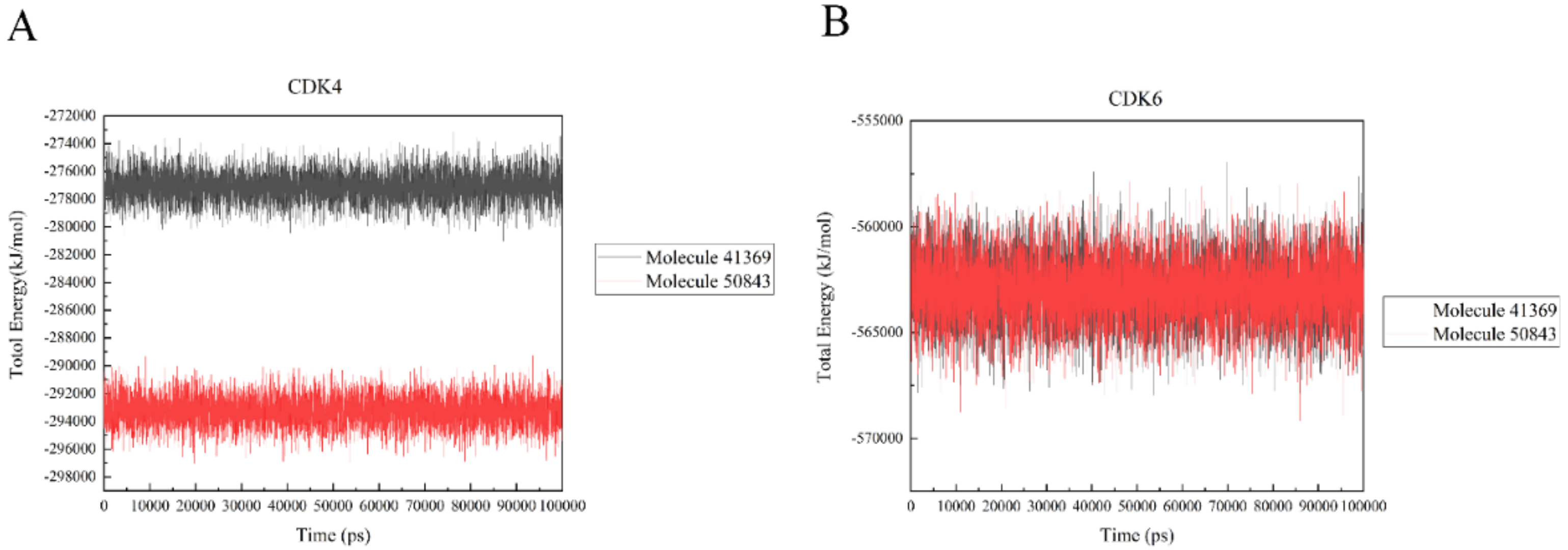

| Pharmacophore | Features | Ranking Score | True Positives | True Negatives | False Positives | False Negatives | Sensitivity |
|---|---|---|---|---|---|---|---|
| Phar01 | HHHDA | 55.473 | 3 | 8 | 4 | 4 | 0.42857 |
| Phar02 | HHHDA | 55.280 | 4 | 8 | 4 | 3 | 0.57143 |
| Phar03 | HHDA | 51.607 | 4 | 11 | 1 | 3 | 0.57143 |
| Phar04 | HHHD | 50.761 | 4 | 10 | 2 | 3 | 0.57143 |
| Phar05 | HHDA | 50.129 | 5 | 10 | 2 | 2 | 0.71429 |
| Phar06 | HHHD | 49.714 | 4 | 10 | 2 | 3 | 0.57143 |
| Phar07 | HHDA | 48.862 | 3 | 8 | 4 | 4 | 0.42857 |
| Phar08 | HHDA | 48.828 | 2 | 9 | 3 | 5 | 0.28571 |
| Phar09 | HHDA | 48.726 | 6 | 10 | 2 | 1 | 0.85714 |
| Phar10 | HHDA | 48.442 | 6 | 9 | 3 | 1 | 0.85714 |
| Name | Solubility | Absorption Level | Hepatotoxic | CYP2D6 Inhibit |
|---|---|---|---|---|
| Molecule17227 | 3 | 3 | −9.93282 | −10.6775 |
| Molecule35962 | 3 | 2 | −10.2467 | −9.79215 |
| Molecule35945 | 3 | 2 | −10.3996 | −9.79215 |
| Molecule50853 | 3 | 3 | −9.27768 | −11.7400 |
| Molecule5999 | 3 | 3 | −12.0390 | −11.4830 |
| Molecule20551 | 4 | 2 | −7.04826 | −5.29830 |
| Molecule7211 | 3 | 3 | −11.8022 | −10.2513 |
| Molecule5996 | 3 | 3 | −12.0390 | −11.4830 |
| Molecule23671 | 3 | 3 | −4.67926 | −11.4629 |
| Molecule9567 | 3 | 3 | −27.0804 | −9.75238 |
| Molecule41369 | 3 | 1 | −13.8276 | −0.02226 |
| Molecule6045 | 3 | 3 | −19.2113 | −10.6996 |
| Molecule33567 | 3 | 1 | −9.88709 | −4.57087 |
| Molecule50843 | 4 | 3 | −13.7281 | −8.90702 |
| Molecule6049 | 3 | 3 | −19.2113 | −10.6996 |
| Molecule36157 | 3 | 1 | −4.28935 | −4.45112 |
| Molecule6028 | 3 | 3 | −19.2113 | −10.6996 |
| Molecule22564 | 3 | 2 | −7.74774 | −7.53197 |
| Molecule18748 | 3 | 3 | −5.33843 | −8.68489 |
| Molecule6243 | 3 | 3 | −11.4714 | −9.68009 |
| Molecules | 2D Structure | Libdock Score (CDK4) | Libdock Score (CDK6) | Fit Value |
|---|---|---|---|---|
| Molecule17227 | 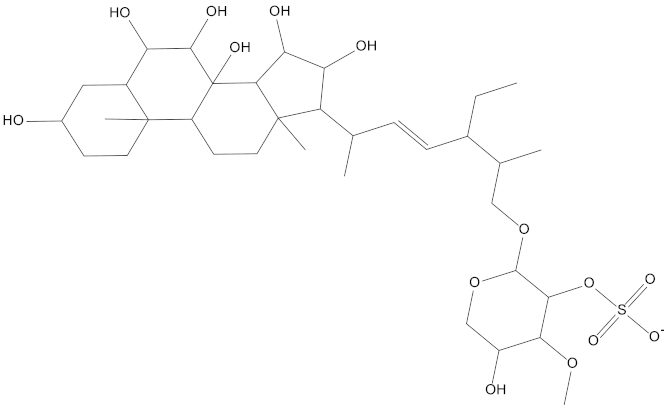 | 128.538 | 161.778 | 3.76592 |
| Molecule35962 | 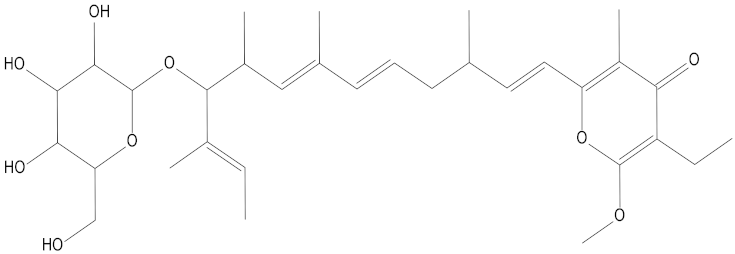 | 165.215 | 149.821 | 3.74528 |
| Molecule35945 | 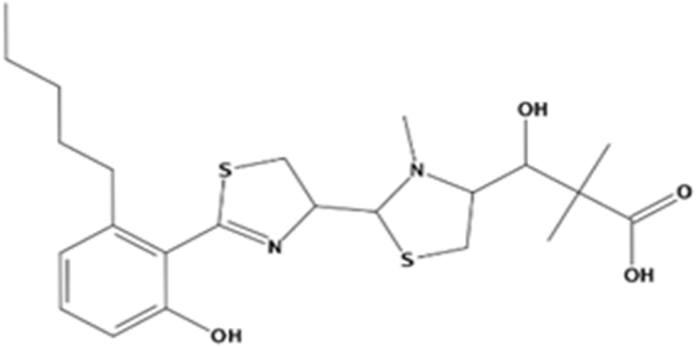 | 130.659 | 126.980 | 3.72383 |
| Molecule50853 | 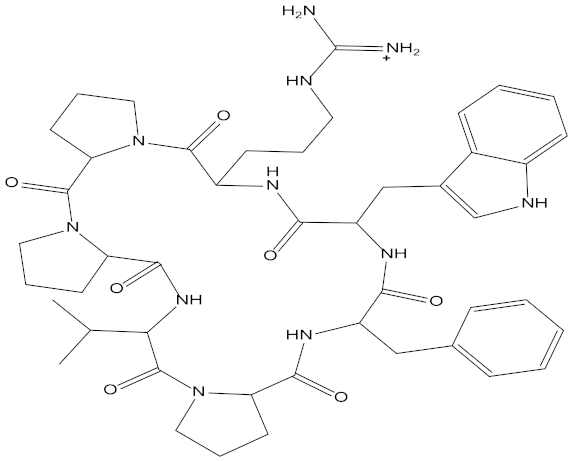 | 144.891 | 139.235 | 3.71061 |
| Molecule5999 | 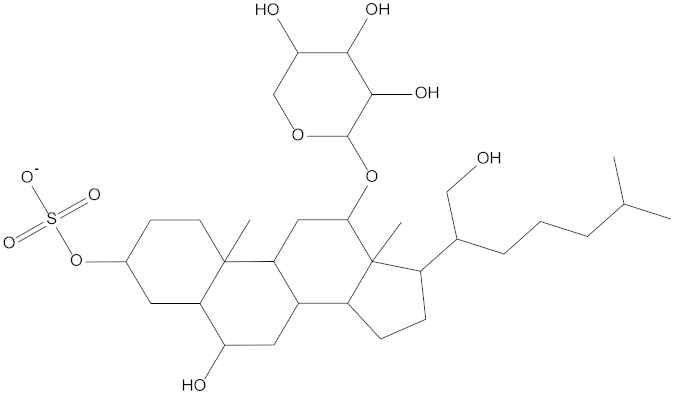 | 128.538 | 142.101 | 3.63037 |
| Molecule20551 | 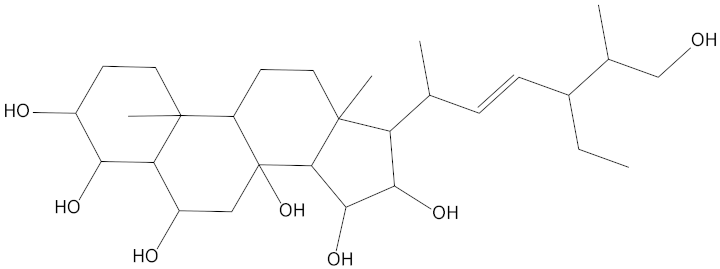 | 81.8508 | 124.975 | 3.62799 |
| Molecule7211 |  | 131.753 | 154.228 | 3.60959 |
| Molecule5996 | 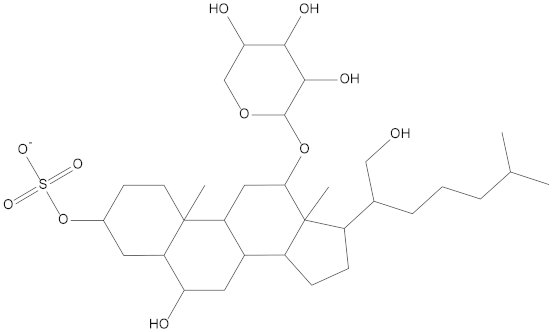 | 137.638 | 144.891 | 3.60816 |
| Molecule23671 | 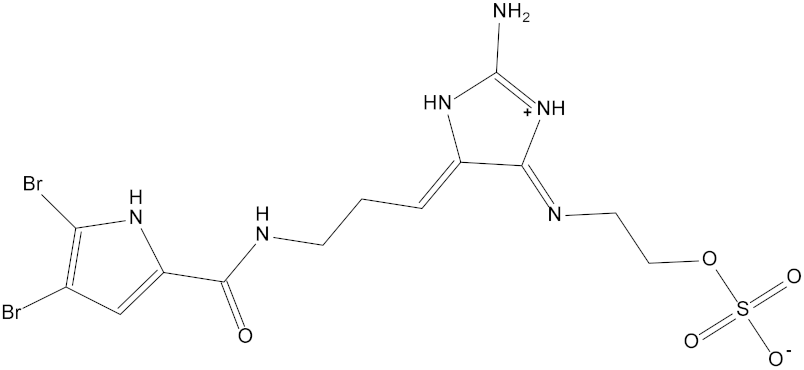 | 158.406 | 128.538 | 3.60593 |
| Molecule9567 | 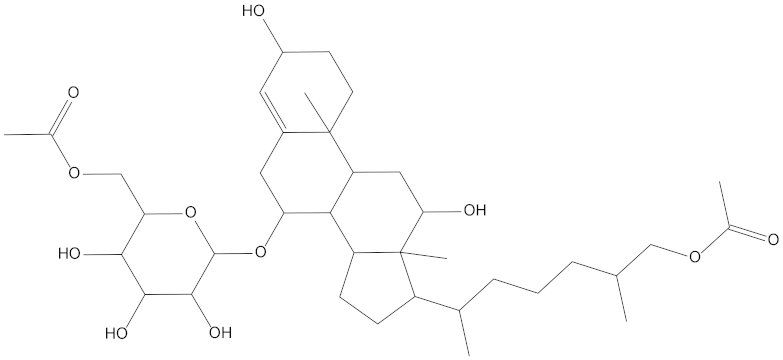 | 142.101- | 165.215 | 3.58841 |
| Molecule41369 | 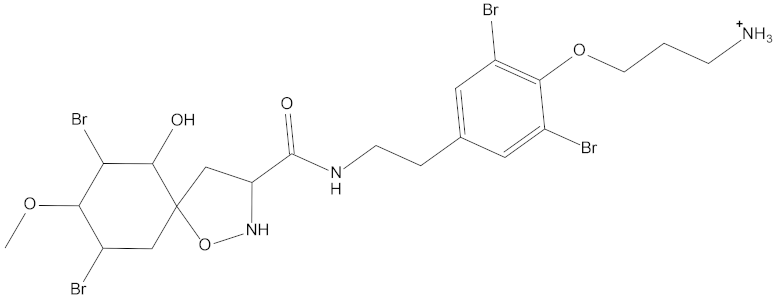 | 114.793 | 130.659 | 3.57953 |
| Molecule6045 | 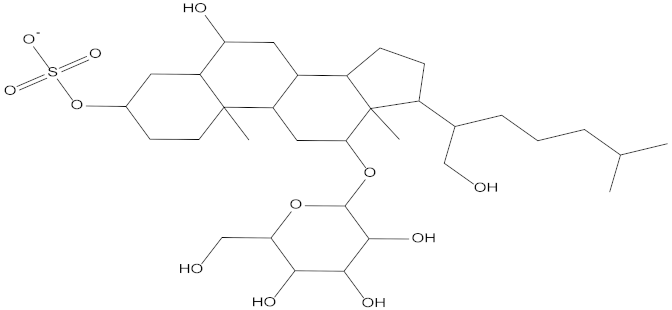 | 161.778 | 153.688 | 3.56692 |
| Molecule33567 | 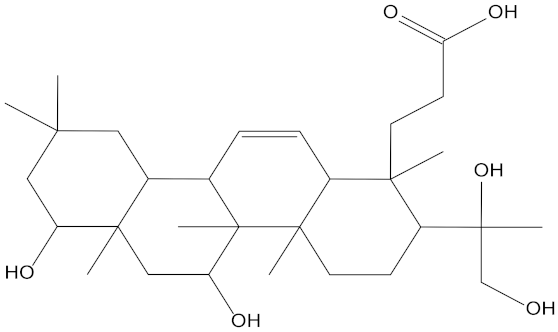 | 149.821 | 121.223 | 3.56079 |
| Molecule50843 | 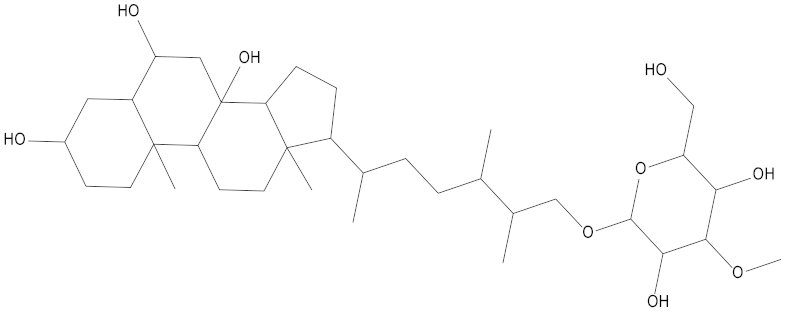 | 137.62 | 157.048 | 3.54233 |
| Molecule6049 | 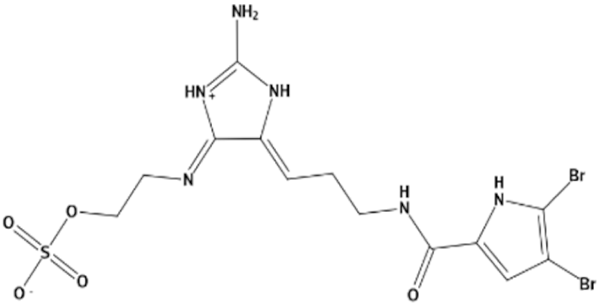 | 158.406 | 152.475 | 3.53563 |
| Molecule36157 | 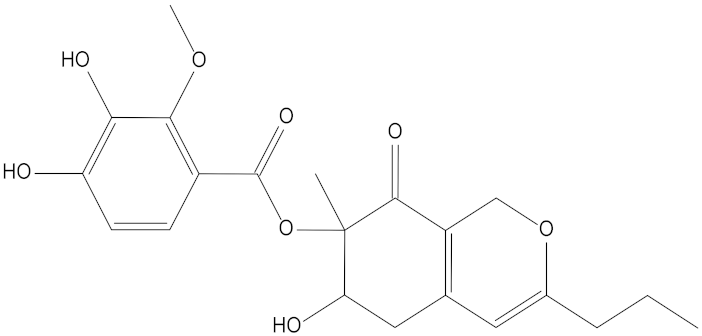 | 152.076 | 114.283 | 3.52724 |
| Molecule6028 |  | 139.235 | 151.536 | 3.52680 |
| Molecule22564 | 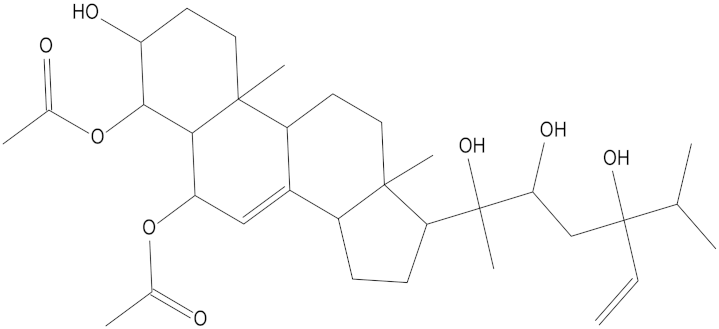 | 142.101 | 131.753 | 3.51793 |
| Molecule18748 | 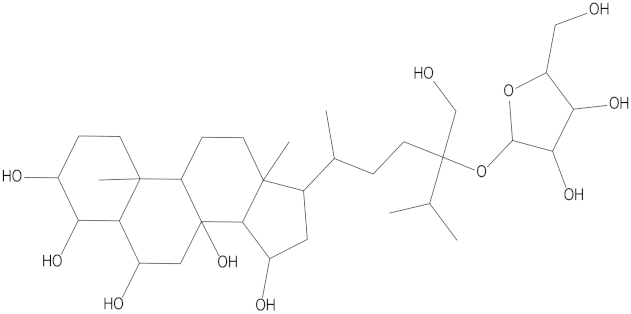 | 151.536 | 137.638 | 3.50622 |
| Molecule6243 | 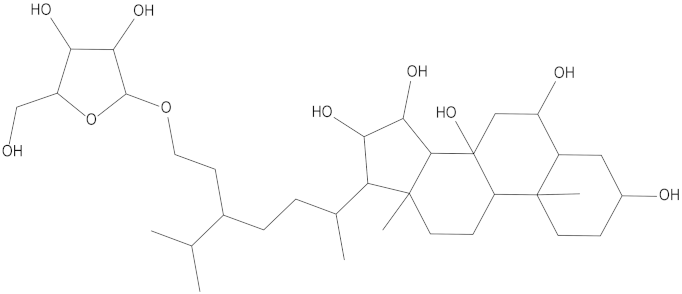 | 131.753 | 158.406 | 3.50202 |
| Abemaciclib | 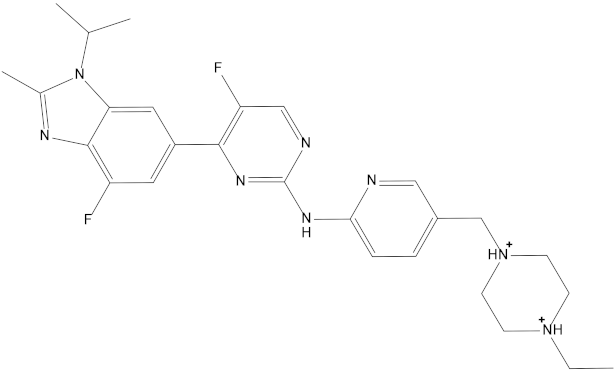 | 97.7336 | 152.076 | 3.46079 |
| Pharmacophore | Features | Ranking Score |
|---|---|---|
| Van der Waal energy (kJ/mol) | −192.855 ± 90.101 | −254.799 ± 51.499 |
| Electrostatic energy (kJ/mol) | −84.560 ± 49.773 | −59.732 ± 23.528 |
| Polar solvation energy (kJ/mol) | 139.559 ± 111.556 | 121.507 ± 47.040 |
| SASA energy (kJ/mol) | −16.800 ± 9.461 | −19.058 ± 4.394 |
| Binding energy(kJ/mol) | −154.655 ± 39.178 | −212.082 ± 42.561 |
| Molecule | SA Score |
|---|---|
| 41369 | 5.226 |
| 50843 | 5.517 |
| Abemaciclib | 3.415 |
| Compound | Pa | Pi | Cell Line | Tissue | Tumor Type |
|---|---|---|---|---|---|
| 41369 | 0.498 | 0.028 | MDA-MB-231 | Breast | Adenocarcinoma |
| 50843 | 0.625 | 0.014 | HL-60 | Hematopoietic and lymphoid tissue | Leukemia |
| Abemaciclib | 0.750 | 0.004 | LoVo | Colon | Adenocarcinoma |
Publisher’s Note: MDPI stays neutral with regard to jurisdictional claims in published maps and institutional affiliations. |
© 2022 by the authors. Licensee MDPI, Basel, Switzerland. This article is an open access article distributed under the terms and conditions of the Creative Commons Attribution (CC BY) license (https://creativecommons.org/licenses/by/4.0/).
Share and Cite
Luo, L.; Wang, Q.; Liao, Y. The Inhibitors of CDK4/6 from a Library of Marine Compound Database: A Pharmacophore, ADMET, Molecular Docking and Molecular Dynamics Study. Mar. Drugs 2022, 20, 319. https://doi.org/10.3390/md20050319
Luo L, Wang Q, Liao Y. The Inhibitors of CDK4/6 from a Library of Marine Compound Database: A Pharmacophore, ADMET, Molecular Docking and Molecular Dynamics Study. Marine Drugs. 2022; 20(5):319. https://doi.org/10.3390/md20050319
Chicago/Turabian StyleLuo, Lianxiang, Qu Wang, and Yinglin Liao. 2022. "The Inhibitors of CDK4/6 from a Library of Marine Compound Database: A Pharmacophore, ADMET, Molecular Docking and Molecular Dynamics Study" Marine Drugs 20, no. 5: 319. https://doi.org/10.3390/md20050319
APA StyleLuo, L., Wang, Q., & Liao, Y. (2022). The Inhibitors of CDK4/6 from a Library of Marine Compound Database: A Pharmacophore, ADMET, Molecular Docking and Molecular Dynamics Study. Marine Drugs, 20(5), 319. https://doi.org/10.3390/md20050319






